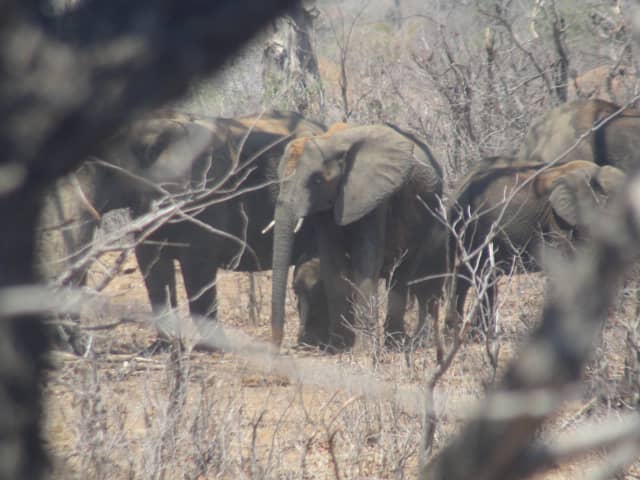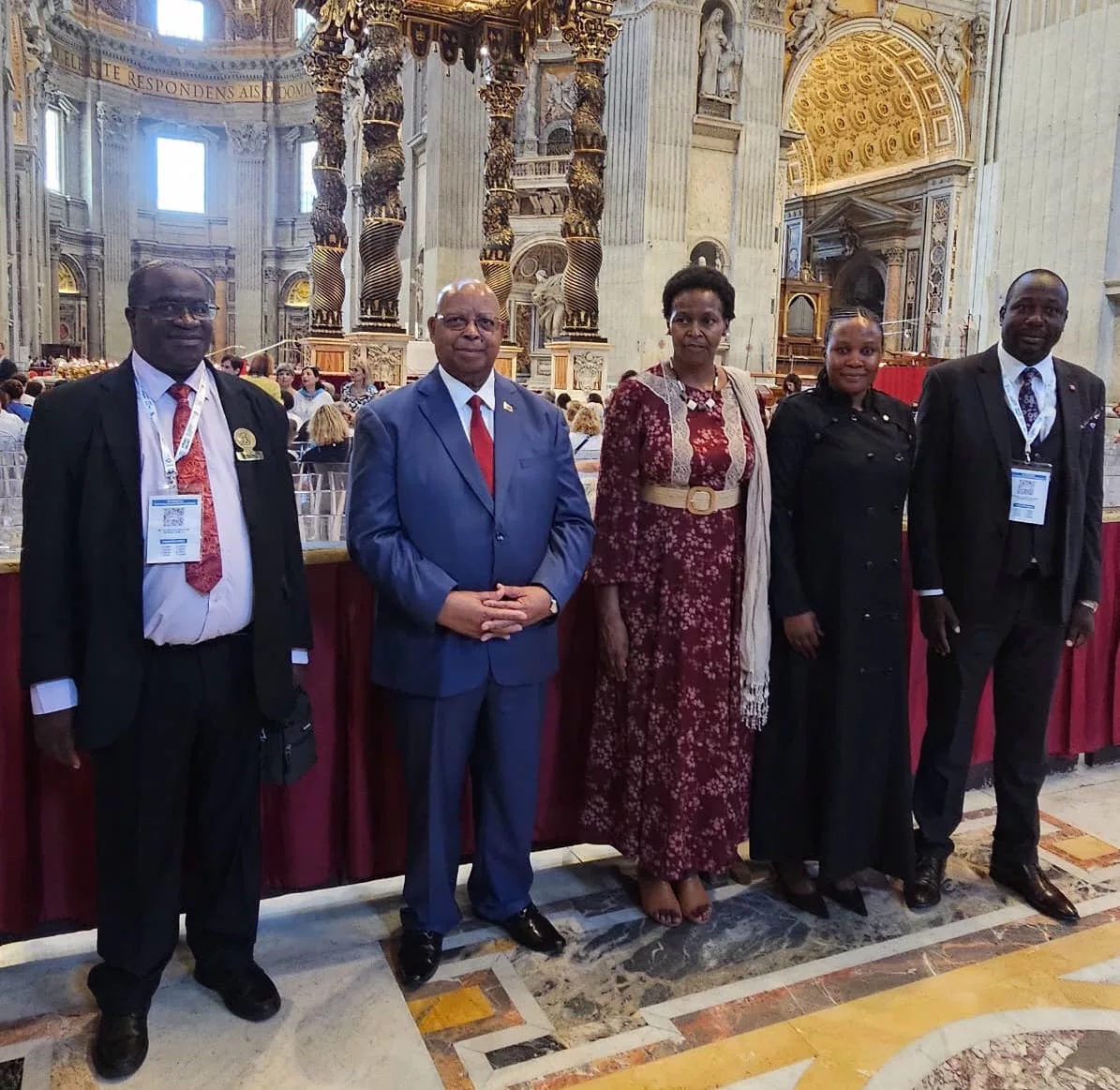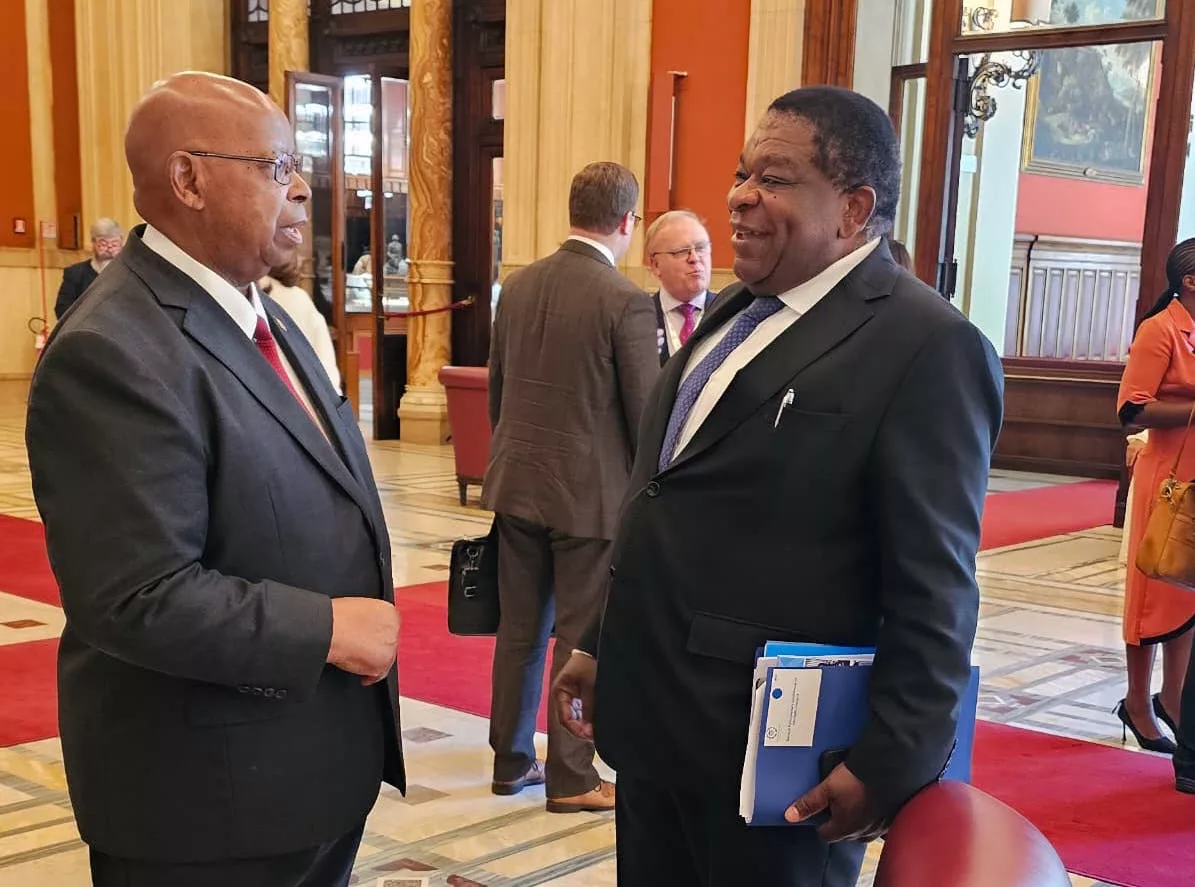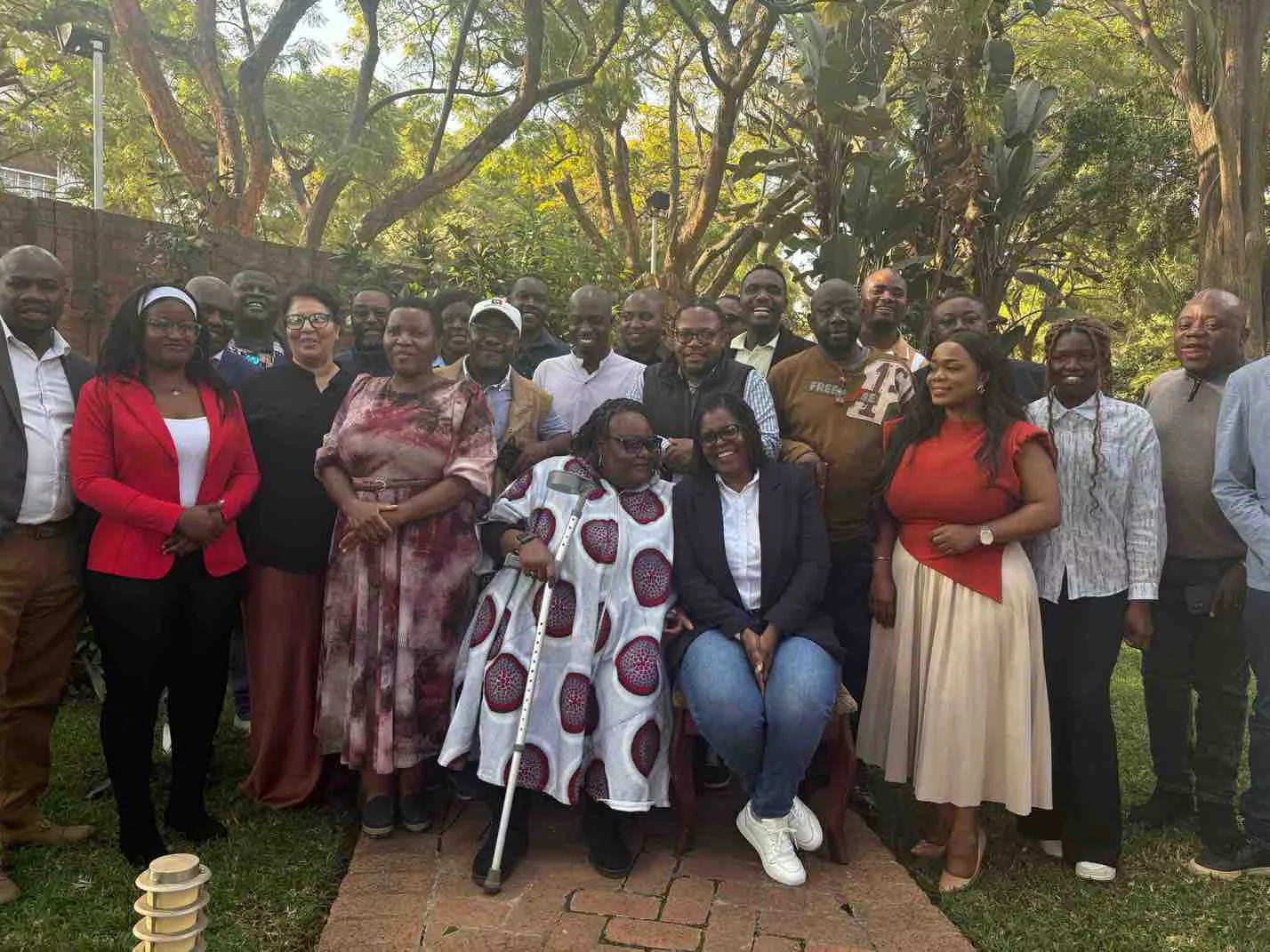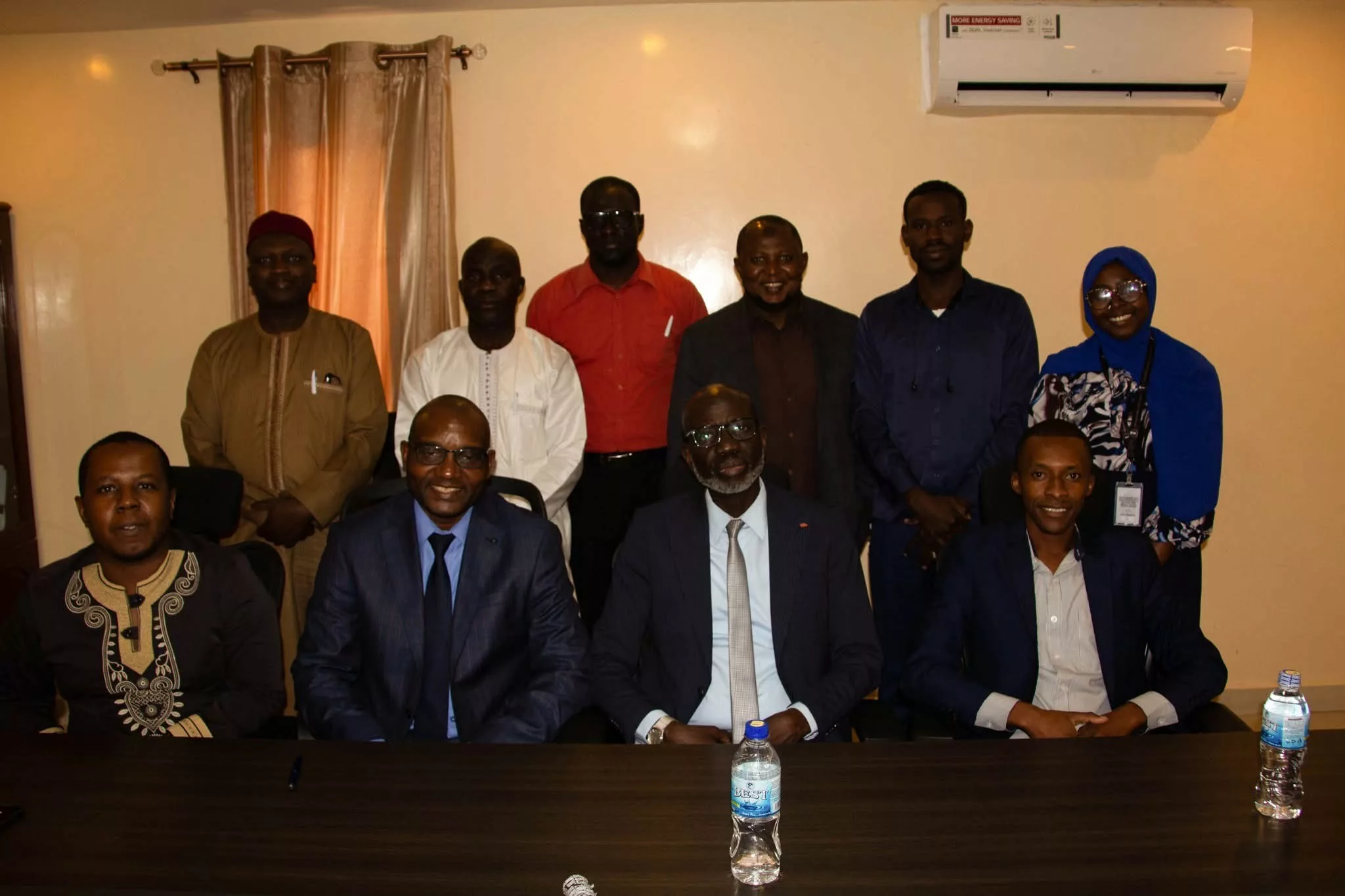|
Getting your Trinity Audio player ready...
|
On the eve of the 20th anniversary of the Great Limpopo Transfrontier Conservation Area (GLTFCA), the Joint Management Board met on 30 September 2022 to discuss various issues related to the collaborative management of this important cross-border conservation area.
The in-person meeting was held in Harare, Zimbabwe, and attended by Ms. Celmira da Silva, the Director General of National Administration for Conservation Areas (ANAC) leading the delegation from the Republic of Mozambique, Ms. Aruna Seepersadh, the Director of Transfrontier Conservation Areas in the Department of Forestry, Fisheries and Environment leading the delegation from the Republic of South Africa, Professor Prosper Matondi, the Chief Director and National Coordinator of the Ministry of Environment, Climate, Tourism and Hospitality Industry leading the delegation from the Republic of Zimbabwe and Mr. Gwinyai Muti, the International Coordinator of the Great Limpopo Transfrontier Conservation Area.
The establishment of the GLTFCA began with the signing of the Treaty by the three Heads of State from Mozambique, South Africa, and Zimbabwe on 9 December 2002. The core cross-border conservation area comprises the Limpopo National Park in Mozambique, the Kruger National Park in South Africa, and Gonarezhou National Park in Zimbabwe.
Development of the “transboundary eco-tourism as a means of fostering sub-regional economic development” is one of the principal objectives explicitly enshrined in the international treaty for the establishment of the GLTFCA. As such, the Heads of State for Mozambique, South Africa, and Zimbabwe – President J. Chissano, President T. Mbeki and President R.G Mugabe – launched the Giriyondo Tourism Access Facility between Limpopo National Park and Kruger National Park as a way to ease tourists’ movement between the two countries.
At the launch, the three Heads of State agreed on the need for the establishment of the complimentary crossing facility between South Africa and Zimbabwe known as the Limpopo Tourism Access Facility. The GLTFCA Trilateral Ministerial Committee meeting held on the 13th of April 2022 approved the establishment of a temporary Limpopo Tourist Access facility and endorsed the process for the designation of an official port of entry between Zimbabwe and South Africa.
To mark the signing of the treaty establishing the GLTFCA, the Joint Management Board has agreed that it is fitting to recognize this milestone with the operationalization of the Limpopo Tourism Access facility. This will offer direct access for tourists from the Kruger National Park in South Africa to the Gonarezhou National Park in Zimbabwe.
The Greater Kruger Area enjoys more than one million tourists per year, visiting some 700 camps and lodges, providing over 10,000 permanent jobs, and contributing in excess of 6.5 Billion Rand to the South African GDP vs around 15,000 visitors generating some USD250,000 per annum in Gonarezhou National Park in Zimbabwe.
With such a massive differential, it goes without saying that more direct tourism linkages with South Africa, and with the Kruger National Park, in particular, would combine significantly to annual revenue generation for conservation, park management, economic growth, and community development in the Pafuri – Sengwe Node of the GLTFCA managed by a Tri-lateral Joint Management Committee. In support of this initiative, the Joint Management Board has approved a GLTFCA Tourist Access Facility Dry run to map out a suitable access route. This will take place at the end of October 2022
Furthermore, and in keeping with the Treaty, the Joint Management Board has approved the GLTFCA Joint Tourism Framework which intends to guide and coordinate the development of sustainable transboundary tourism, and facilitates the removal of barriers to tourism development, investment promotion, and growth within the GLTFCA region.
The Joint Management Board meeting made several other endorsements, including the approval of the Great Limpopo Transfrontier Conservation Area Sustainable Finance Strategy and ratification of the implementation of the Secretariat’s legal due diligence, a development that will effectively lead to the establishment of a Secretariat that will be co-hosted by South Africa and Zimbabwe in line with the Institutional reform strategy. It will provide institutional support to the Joint Management Board for the effective implementation of the initiative going forward.
Since the last Joint Management Board meeting held in December 2021, major developments within the GLTFCA have taken place, such as:
- The GLTFCA Ministerial Committee meeting was convened on the 13th of April 2022. Key resolutions made during the Ministerial Committee meeting included the approval of the establishment of a temporary Limpopo Tourist Access Facility and endorsed the process of the designation of an official port of entry. The Ministers also endorsed the Elephant Management Framework of the GLTFCA.
- During the last Joint Management meeting, Mozambique suggested the ongoing Translocation of 45 Rhino from Manketti National Park in South Africa to Zinave National Park in Mozambique to be the key event in recognition of the GLTFCA 20thAnniversary commemoration. The Ministerial Committee endorsed the event and committed to facilitating the participation of previous and current Heads of States in the Commemoration of the GLTFCA 20th This event was successfully held on the 1 June 2022 in the Zinave National Park in Mozambique.
- The GLTFCA exhibited at the IUCN Africa Protected Areas Congress (APAC), the first-ever continent-wide gathering of African leaders, citizens, and interest groups to discuss the role of protected areas in conserving nature, safeguarding Africa’s iconic wildlife, delivering vital life-supporting ecosystem services, promoting sustainable development while conserving Africa’s cultural heritage and traditions. More than 2400 participants from 53 African and 27 other countries participated in the inaugural IUCN APAC in Kigali, Rwanda, from the 18th – the 23rd of July 2022. It was convened jointly by the Government of Rwanda, the International Union for the Conservation of Nature (IUCN), and the African Wildlife Foundation (AWF). Participants in the Congress tabled a joint, “Kigali Call to Action for People and Nature”.
- The GLTFCA is now also embarking upon aligning the ecosystem services provision of the protected area in the transboundary water resources management context for broader water security, adaptation, and livelihood benefits in our shared river systems.
Transboundary resources are key in the management of bilateral relations. They unify states towards common interests. Look at the Kariba Dam, for both Zimbabwe and Zambia; Kazungula Bridge for Zimbabwe, Zambia, and Botswana; the great Limpopo transfrontier that links Kruger and Gonarezhou National Parks.
This is opposed to the conflict between Egypt and Ethiopia over the latter’s GERD project by drawing water from the Nile.


